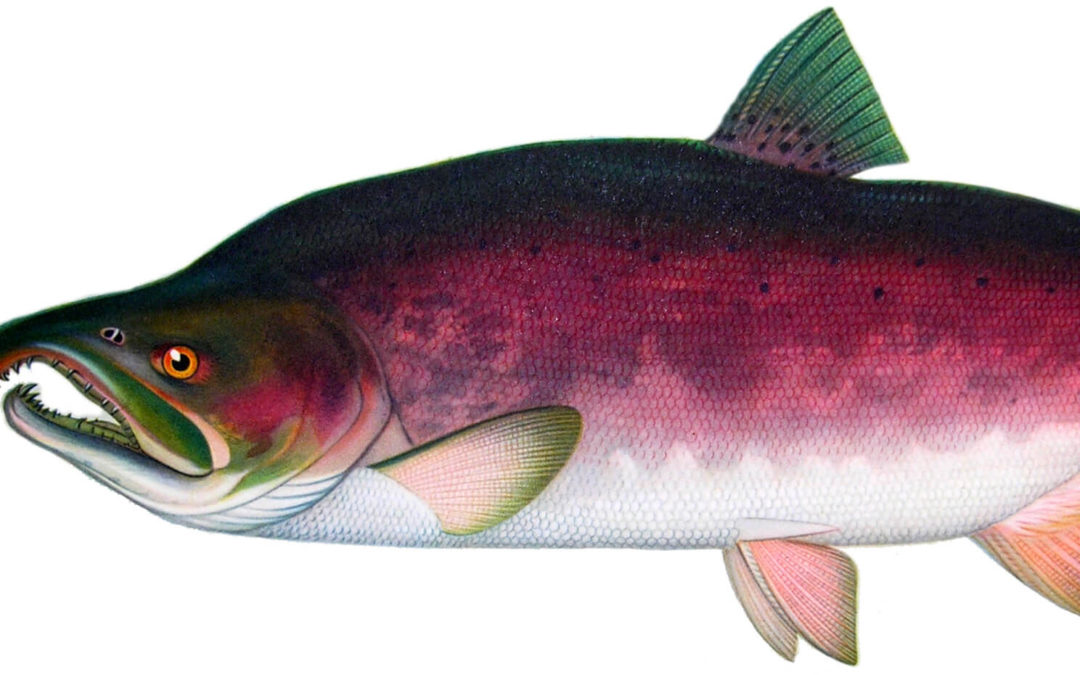SOURCE: University of Maine
DATE: December 6, 2018
SNIP: Children in Alaska whose diet includes a lot of fish from rivers fed by the Eastern Alaska Mountain Range may have a long-term elevated risk for cancer because of insecticides — including DDT — in the meltwater.
Even with low levels of organochlorine pollutants (OCPs) in glacial meltwater, the risk of cancer for youth and adults who rely on fish as a staple of their diet is above the Environmental Protection Agency’s threshold limit.
As Alaskan glaciers melt in the warming climate, the gradual release of these OCPs may continue to elevate watershed concentrations above the current level.
DDT was used as a pesticide for insect control in the U.S. until the EPA banned it in 1972. Hexachlorocyclohexane, commonly called Lindane, has not been produced in the U.S. since 1976, but it’s imported for insecticide use and is in prescription creams that combat lice and scabies.
The OCPs deposited and stored near the surface of Jarvis Glacier in interior Alaska likely were transported there in the atmosphere — attached to snow and rain. In Asia, DDT is still used to try to prevent malaria.

